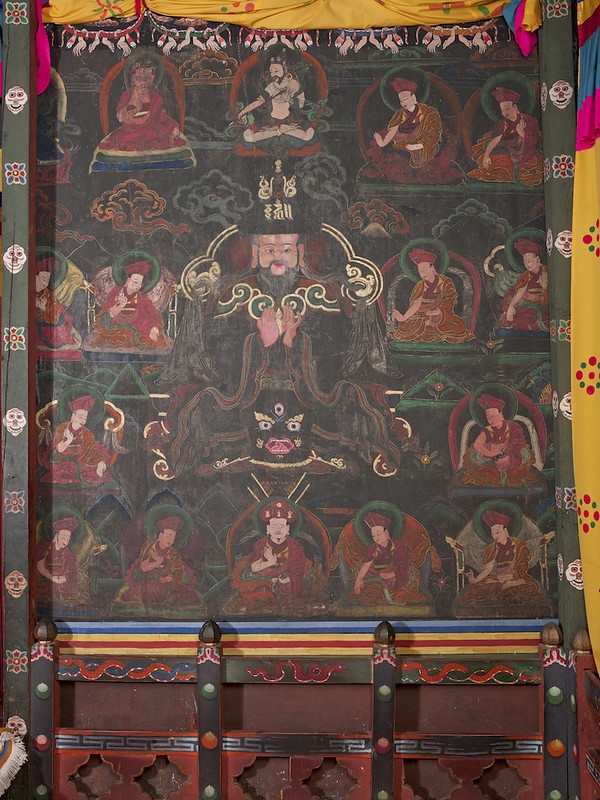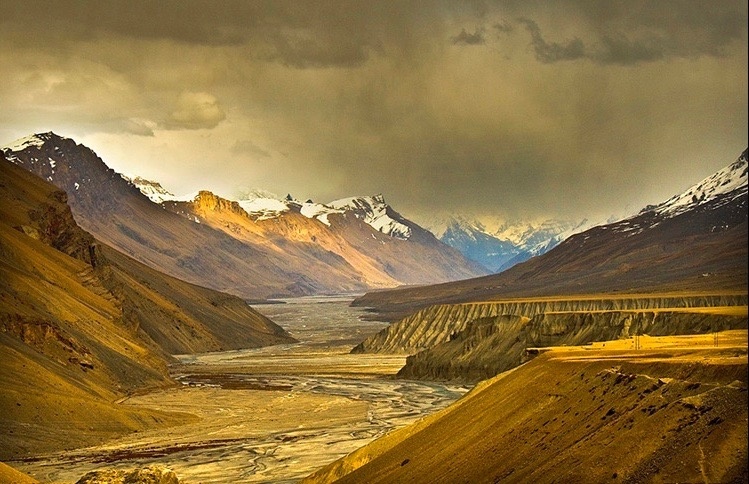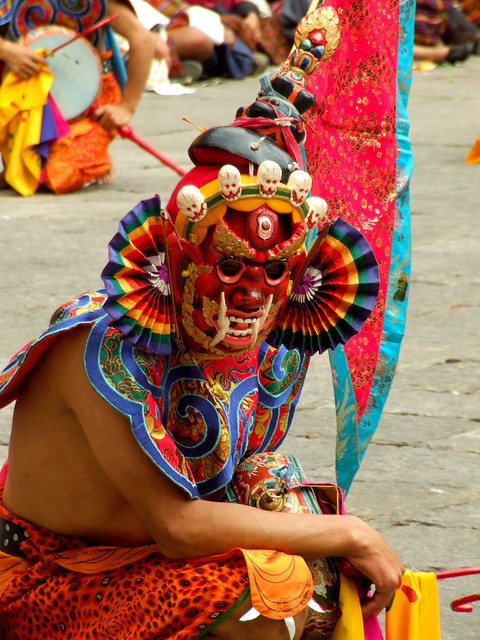
Invisible Twice: A Lost Dance Mural
The organization I direct, Core of Culture, which had already worked with Tantric Buddhist monks in other parts of the Himalayas, was invited to undertake


The organization I direct, Core of Culture, which had already worked with Tantric Buddhist monks in other parts of the Himalayas, was invited to undertake

There are not so many places left on Earth where the population is virtually 100 per cent Tantric Buddhist. Spiti Valley in Himachal Pradesh, India,

Mutual amazement at what the other does not find extraordinary is a situation I regularly encounter when speaking with monk dancers. They usually cannot believe

Venture into remote places and you will find a joyful purity. During our recent summer fieldwork in Himachal Pradesh, northern India, we distributed copies of

One needs to take a long view—one that spans vast distances and many centuries—to appreciate the context of the Cham dance traditions that were preserved

Researching endangered dance traditions as I do, it is usual to chronicle the problems, challenges of discovery, along with the qualities of vanishing practices. So

Dance is the most ephemeral of the arts. Capturing the art of movement in a still photograph is an art in itself. To represent the

In 2003, Core of Culture’s dance research expedition team began a five-year project to survey and document the Buddhist dances of the Himalayan kingdom of

A dance by any other name . . . would probably be better described, when looking at ancient and Asian dancing, including the dances of

It is a choice to remember life in beautiful ways. Dance is an art made of life itself. The human body as medium contains within

The Wheel of Life and Death is a central concept and image in Buddhist understanding. Escaping the Wheel of Life and Death is a Buddhist

Meditation is like dancing inasmuch as the experience is entirely individual. The body becomes the laboratory for energetic exercises, and the embodiment of prescribed shapes.